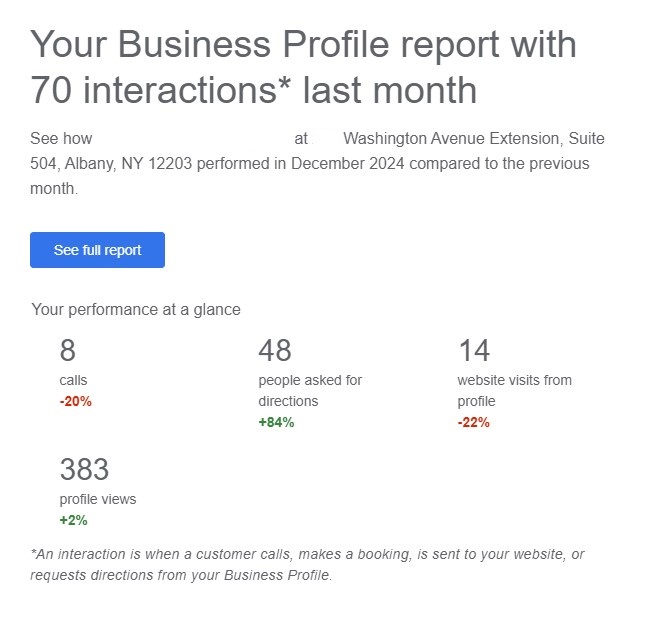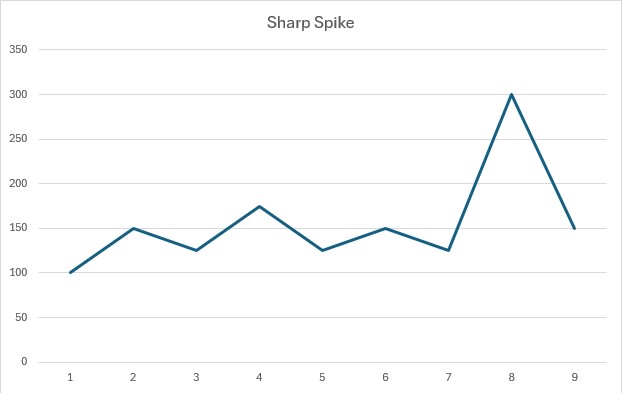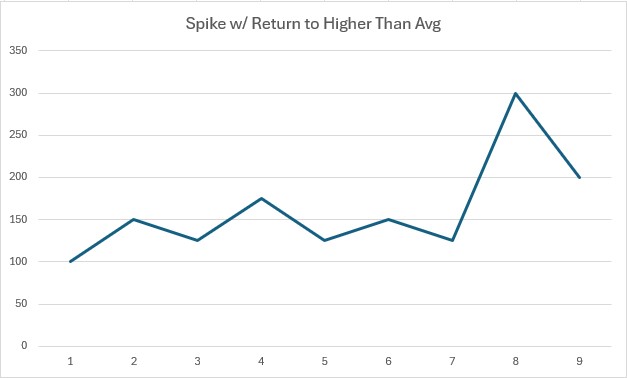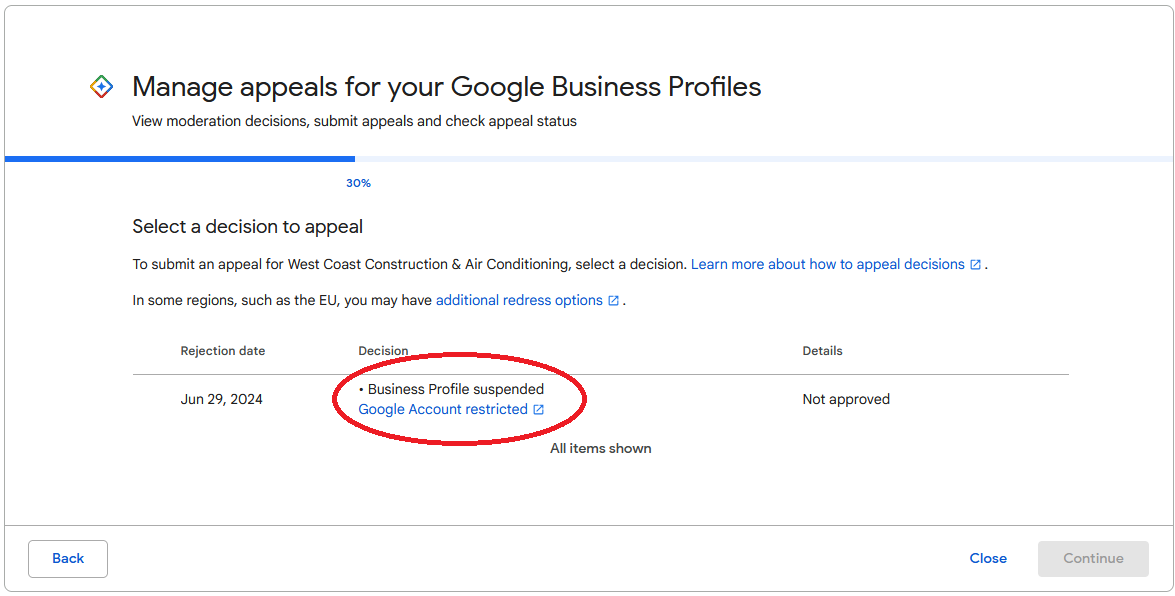If you’re running a business, you’ve probably heard about the importance of NAP (Name, Address, and Phone number.) We extend that to include your URL too, so for us, it’s NAPU. But did you know Google wants your NAP to be exactly the same everywhere online? This consistency is crucial for boosting your local search rankings and making sure customers find you easily.
According to Google’s Business Profile guidelines, here’s what they expect:
- One Google Business Profile (GBP) per location. This is the first thing people see when they search “near me” near your address.
- One website linked to your business. Google recommends using a single website URL on your profile and citations to keep things clear.
- One set of backlinks pointing to your website, all consistent with your NAP. While Google doesn’t spell this out, SEO experts agree that consistent citations and backlinks build trust.
- One physical address and one phone number per location. Sharing numbers or addresses across locations can cause confusion and hurt your rankings.
- One official business name across all your listings. For example, Google’s naming rules say your business name should match your real-world name exactly, so Acme, LLC is not the same as Acme or Acme Co.
When it comes to your website domain, keep it simple and branded. Avoid stuffing keywords in your domain name. Google’s Search Central blog explains that shorter, brand-focused domains perform better and build more trust than keyword-heavy ones.
Common NAP Pitfalls and How to Avoid Them
One of the biggest reasons businesses run into NAP troubles is juggling multiple vendors over time without cleaning up the leftovers from past campaigns. Old phone numbers, outdated URLs, and abandoned websites often linger across directories and listings. If you’ve moved locations and didn’t update your address everywhere, those outdated details are still floating around, causing confusion for both customers and Google.
The ideal situation is to have every single letter of every data point — your business name, address, phone number, and website — exactly the same across every directory and listing. This uniformity is the most powerful position your business can be in. Anything less is a compromise that makes ranking harder and customers unsure.
If you don’t clean up these inconsistencies before launching new marketing efforts, you’re basically forcing each new campaign to swim upstream. Using a tool like Prospect Genius’ CleanSlate can help you wipe the slate clean, removing outdated and conflicting info from across the web. Skipping this crucial step means you’re shooting yourself in the foot and missing out on maximum local SEO potential.
Other Important Tips to Strengthen Your Local SEO
- Use Structured Data (Schema Markup): Adding consistent NAP info through structured data on your website helps Google understand your business details better, giving you a local SEO boost.
- Keep Social Profiles and Review Sites Consistent: Your NAP should be the same not just on directories, but also on social media profiles and review platforms. Consistency builds trust and signals to Google that your business is legitimate and reliable.
- Audit Your Listings Regularly: NAP cleanup isn’t a one-and-done deal. Schedule audits quarterly or biannually to catch and fix any new inconsistencies before they impact your rankings.
- Use Local Phone Numbers, Not Just Toll-Free: Google prefers unique local phone numbers for each location rather than a single toll-free number for multiple spots. Local numbers help strengthen your business’s local relevance.
Why does all this matter? When your NAP info matches perfectly across Google, your website, and other directories, Google trusts your business more. That means higher rankings and better visibility to customers searching for services nearby.
Keeping your NAP consistent, and your domain clean, isn’t just a small detail. It’s a key step in growing your local presence and driving more customers to your door.
If you want to dive deeper into what makes a strong local listing, check out this great summary of local SEO ranking factors that breaks down everything Google looks for.







